Affiliate links on Android Authority may earn us a commission. Learn more.
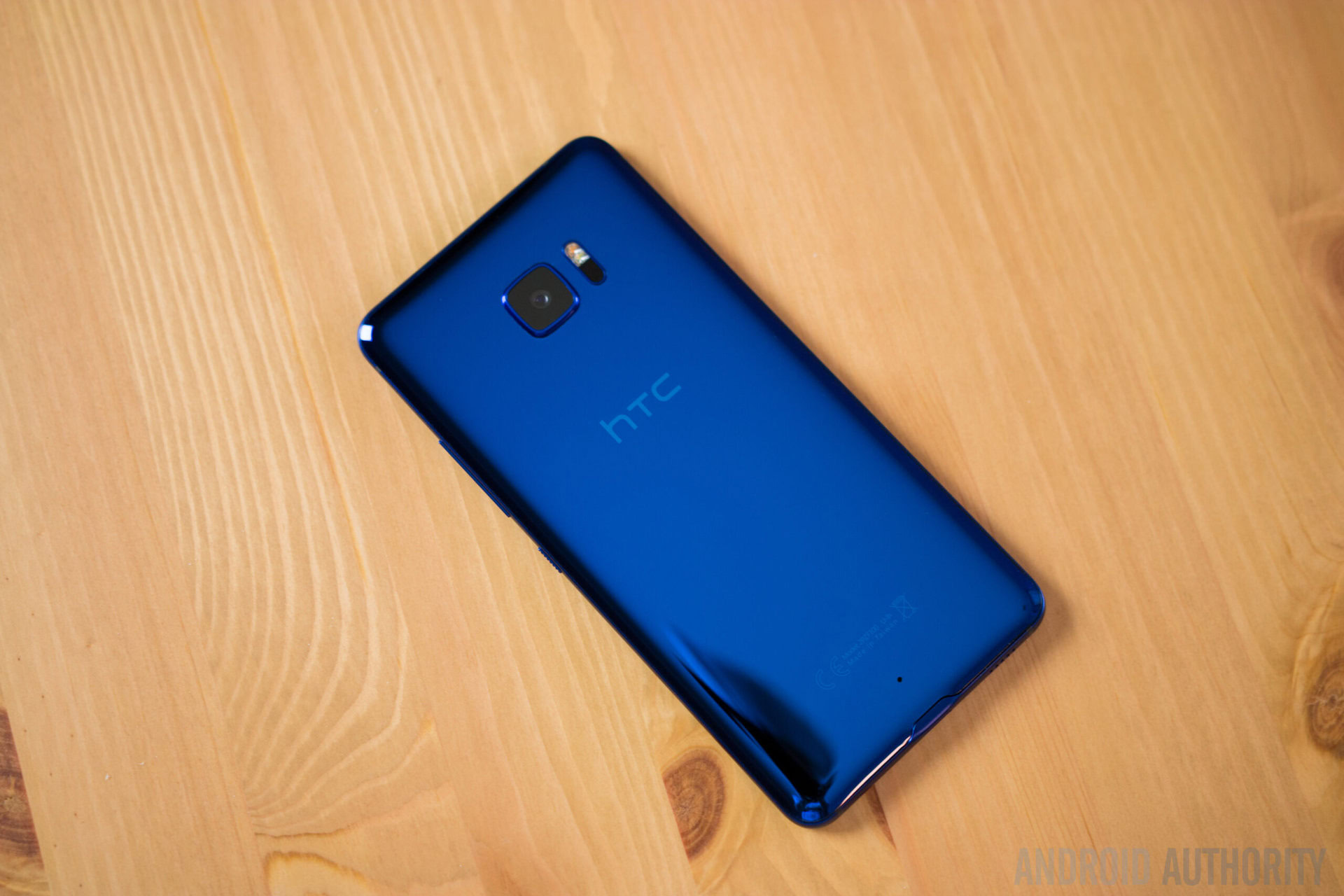
HTC U Ultra
What we like
What we don't like
Our scores
HTC U Ultra
It’s no secret that HTC has had a rough go of it for the past few years, despite offering solid flagship devices renowned for their beautiful design, build quality, and fantastic audio experience. With that said, it unfortunately has been a case of “more of the same” when it comes to the company’s flagships, which is one of the reasons for their lackluster performance in the market.
Now, last year’s HTC 10 did bring a beautiful design and a few neat features to the table, but the phone was ultimately more of an evolution than a revolution.
HTC is hoping to change that with the all-new U series of smartphones, launched back in January at CES. With the high-end offering, called the U Ultra, HTChas changed things up by not only releasing a high-end smartphone much earlier than usual, but also by completely revamping the design and build quality, along with new features like a secondary display. HTChas a lot riding on the success of this device, but does it deliver? Find out, in our in-depth review of the HTCU Ultra!
Design
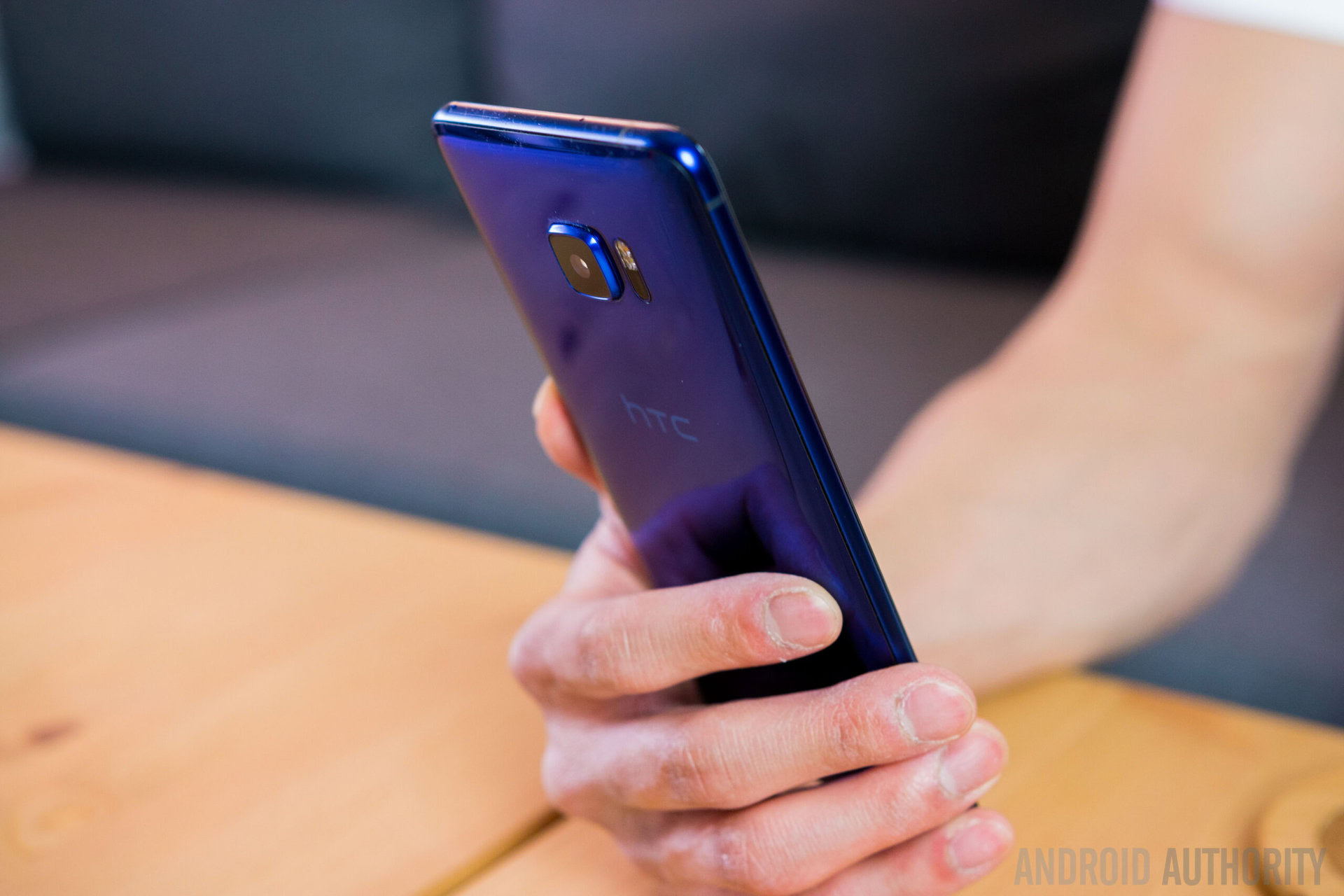
The U Ultra is HTC’s biggest phone so far, but figuratively and literally. This is a behemoth of a device that eclipses most of the bigger flagships like the LG V20, Pixel XL, and iPhone 7 Plus. If you’re looking for an apt size comparison, you will have to think back to the Google Nexus 6.
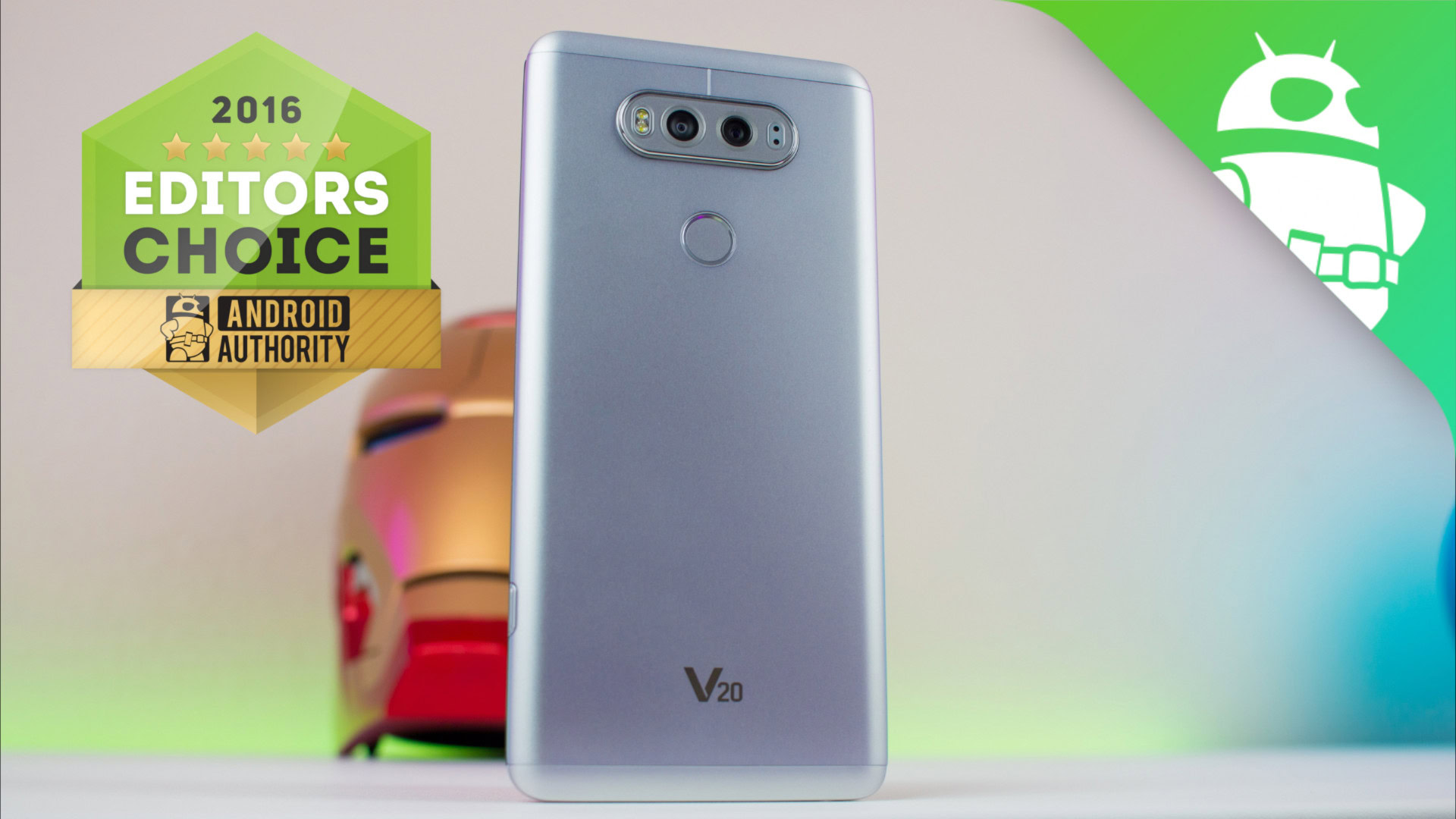
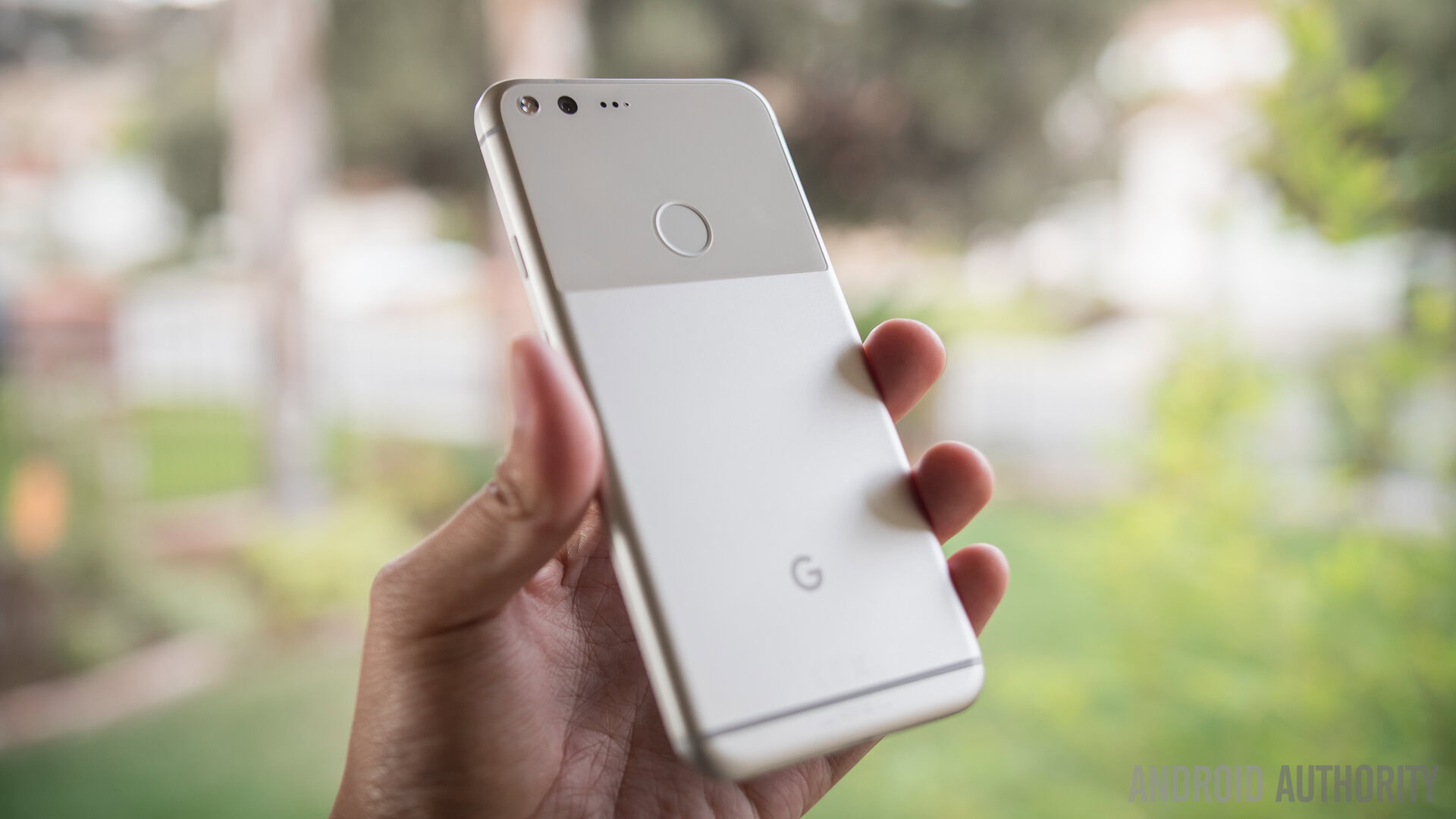
One-handed use is almost entirely out of the question
Of course, the large overall footprint is because of the 5.7-inch display that is accompanied by another secondary ticker display, but not helping is the rather significant bezels along the sides of the display, coupled with the large top and bottom chin. Granted, many don’t mind large smartphones nowadays, but the HTCU Ultra does seem to be bigger than it should be, and one-handed use is almost entirely out of the question.
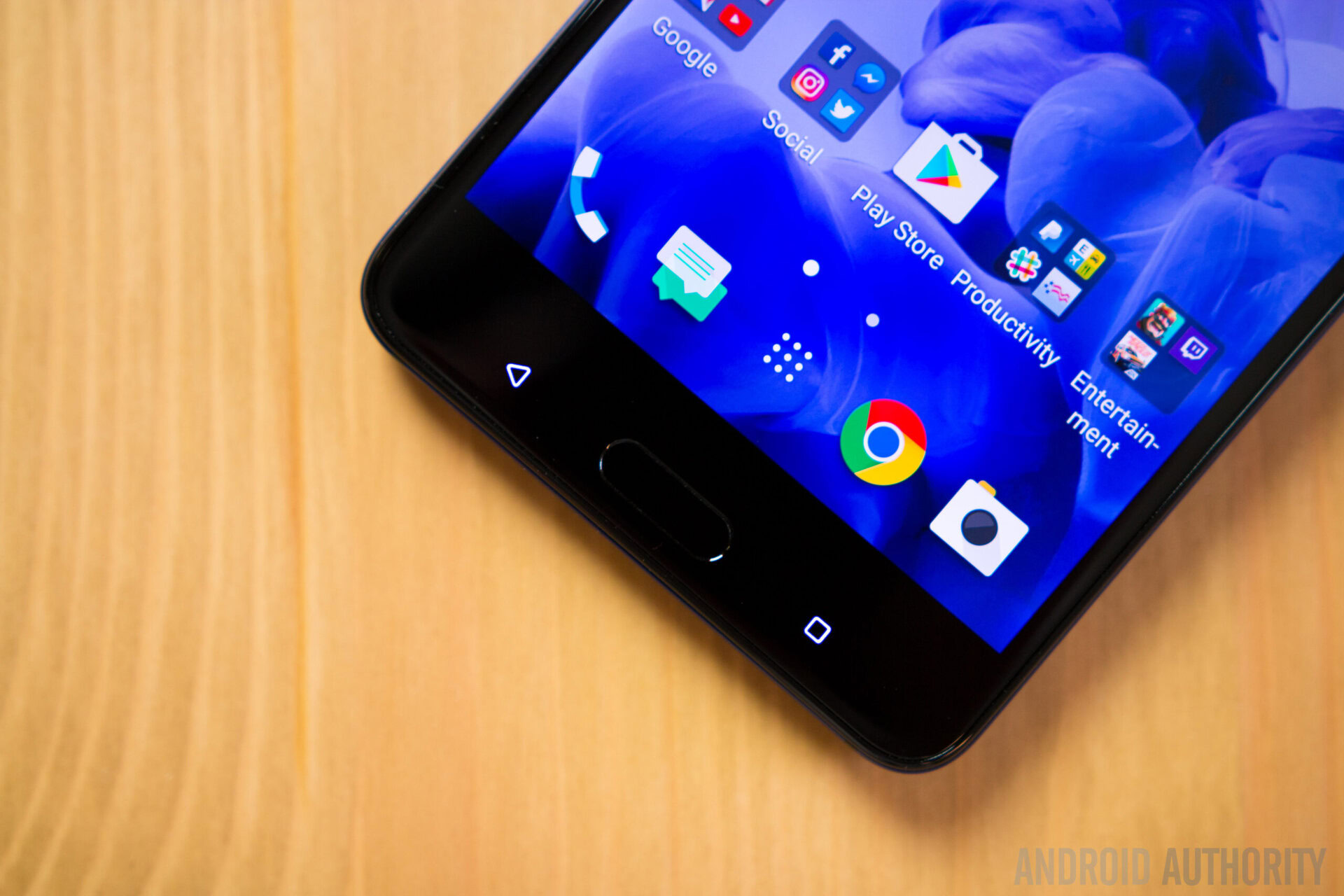
Below the display is a solid state home button that doubles as a fingerprint scanner. It’s as fast and accurate as expected, but the capacitive navigation keys that flank it are not without issue. First, they sit far too low towards the bottom edge of the phone, and their imprint is quite small as well. This makes them very difficult to tap with any accuracy, and it became quite frustrating to keep missing the buttons completely because of how low and small they were.
HTC is known for paying attention to build quality, and that continues to be true with the HTCU Ultra
As mentioned, HTCis known for paying attention to factors like build quality, and that continues to be true with the HTCU Ultra, despite the device featuring a completely new build when compared to their previous smartphones. Granted, while this design and build may be new to HTC, it isn’t something we haven’t already seen, with the company also making the jump to a metal and glass unibody construction.

The cleanest the U Ultra will ever be is when you first take it out of the box
To stand out from the crowd, the back does come with a unique and extremely reflective mirror-like finish that looks fantastic and definitely catches the eye when the phone is actually clean. Unfortunately, the cleanest the HTCU Ultra will ever be is when you first take it out of the box. A primarily glass construction is already prone to smudges, but the reflective surface makes it even more of a fingerprint and dust magnet. The area around the camera protrusion seems to be particularly affected by dust collection, and it is almost futile to try and keep it clean.
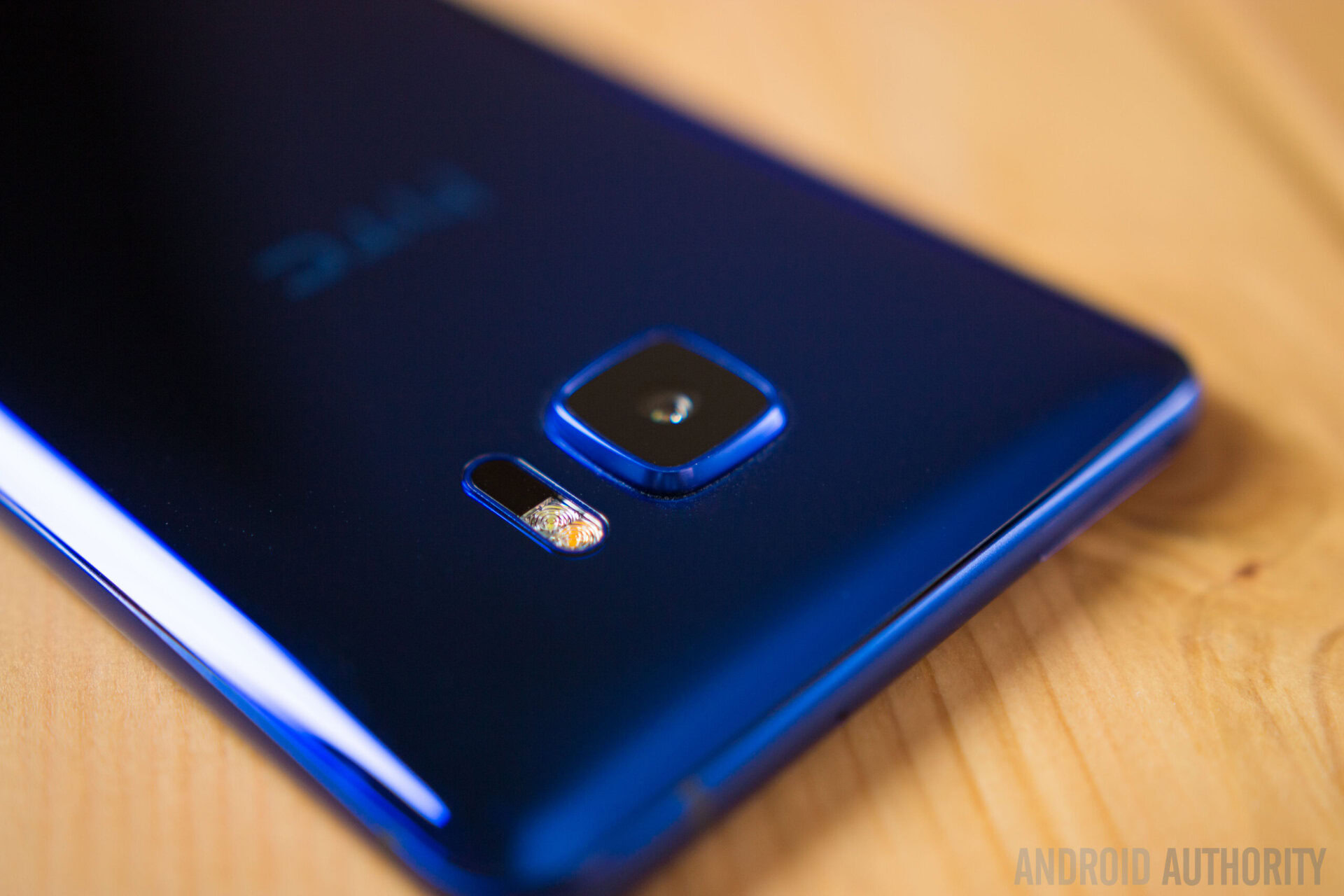
Speaking of the camera bulge, that is one of a couple of odd choices HTChas made with the U Ultra, with the second being the lack of a headphone jack. The device isn’t particularly thin, which makes the presence of a camera bulge hard to justify, especially when considering how significant the protrusion actually is. It is also definitely thick enough to house a headphone jack, and the only possible reason for its omission could be for HTCto push their USonic USB Type-C earbuds that is included in the box. You will have to get your own adapter though, if you are planning to use your regular headphones.
Display
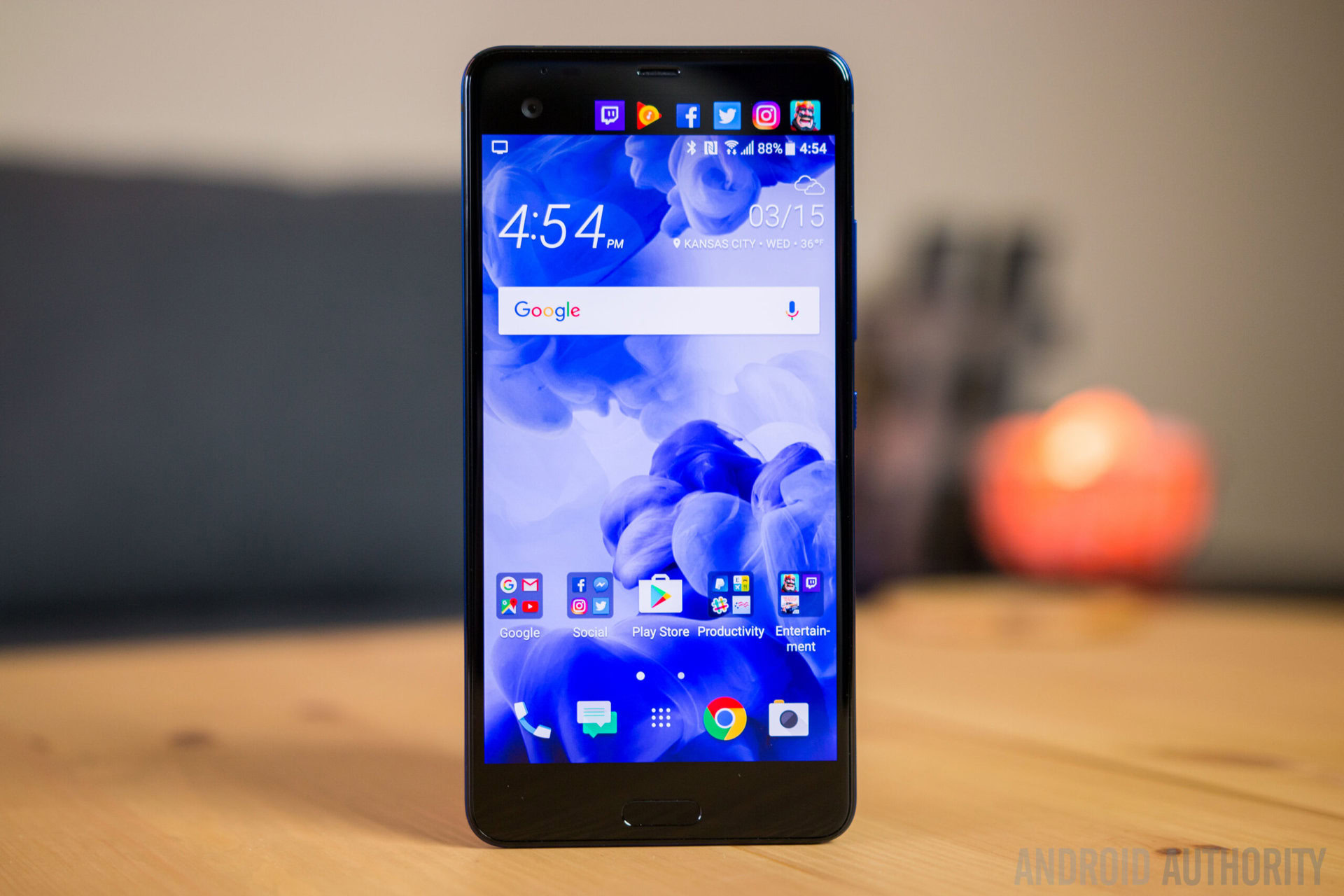
The U Ultra's display is absolutely amazing
There are quite a few positives about the HTCU Ultra, and the display is definitely one of them. The device comes with a 5.7-inch Super LCD5 display with a Quad HD resolution which looks absolutely amazing. It is a very sharp and vibrant display with a lot of contrast, and the brightness is good enough to allow for comfortable outdoor viewing.
The only glaring problem with the screen is that there is some very noticeable light bleed the comes from the upper left corner, right below the front-facing camera. Of course, this doesn’t detract from the quality of the display or the overall viewing experience, but it is something that is quite difficult to unsee.
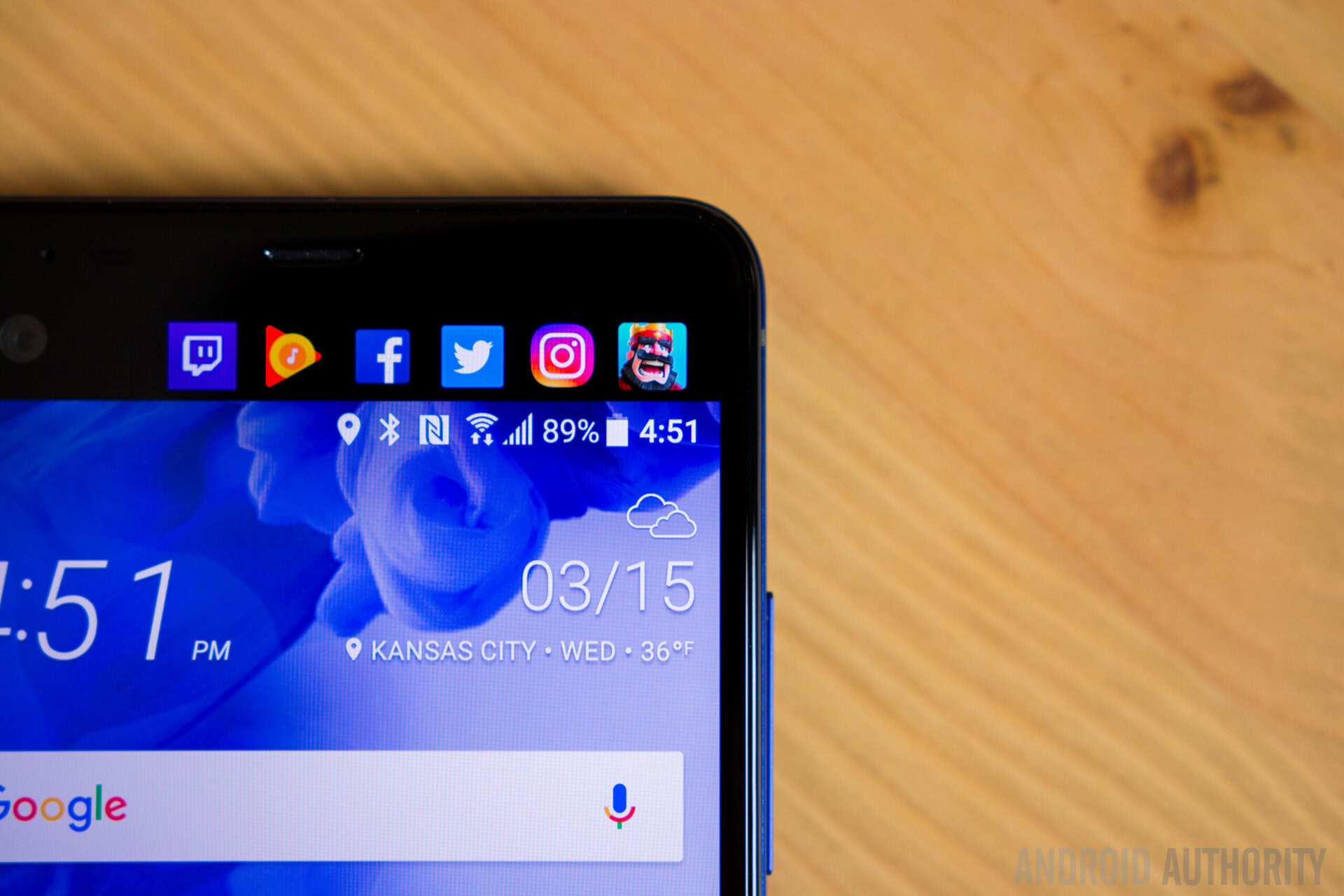
The U Ultra also comes with a secondary ticker display, and to be completely honest, this is essentially a carbon copy of the second display found with the LG V20. It performs the exact same functions, such as the ability to show you incoming notifications, the weather information, house shortcuts to your favorite apps and contacts, play music, and show any upcoming calendar events.
The secondary display is essentially a carbon copy of the V20's
It also works when the main display is off, and displays notifications, basic time and date info, and gives you access to some system settings like Wi-Fi, Bluetooth, and the camera. Instead of being always-on, an auto-wake functionality is built in so whenever you pick up the phone, you will be able to quickly glance at any notifications you may have missed or see any other important information without having to wake the main display.
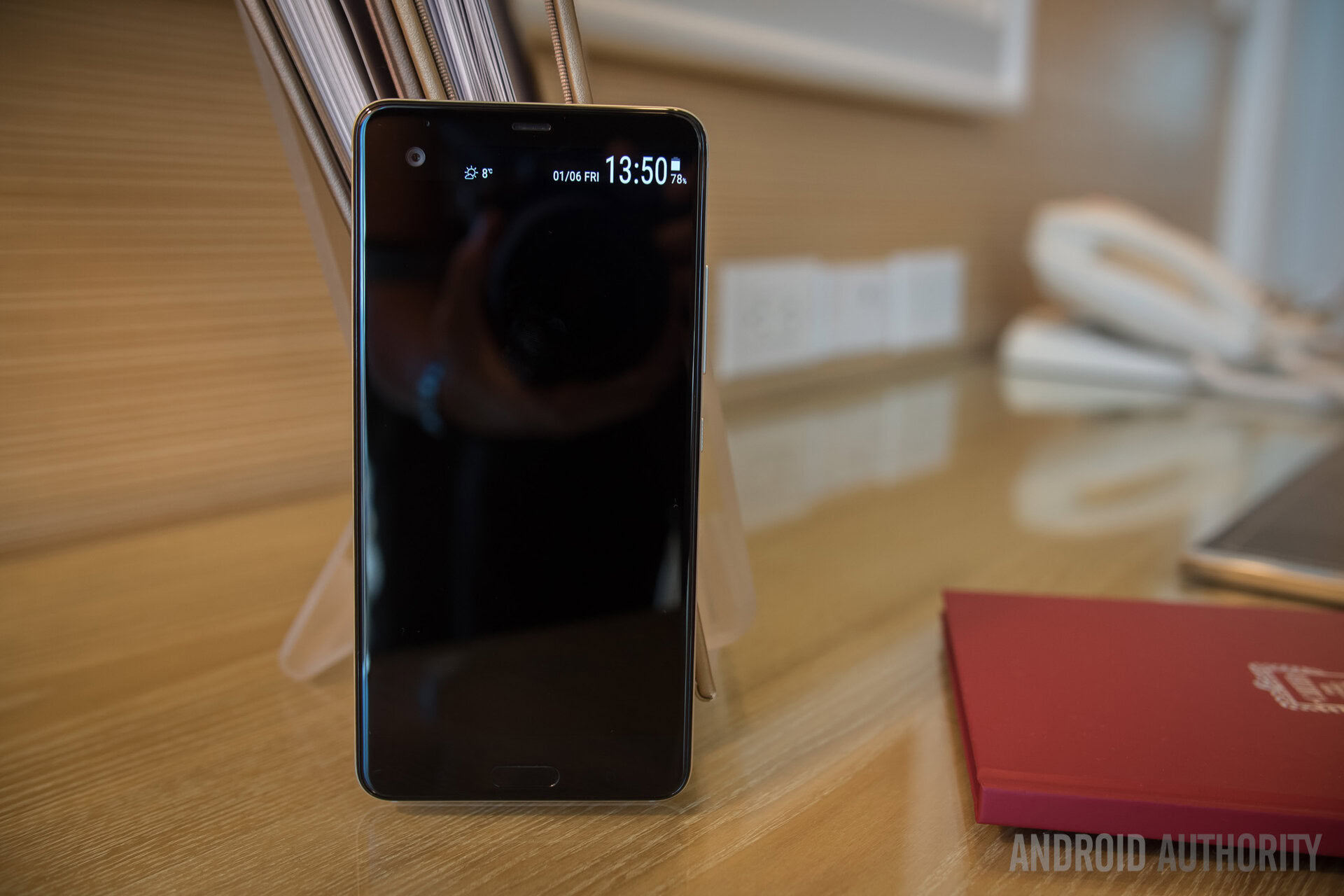
Although it borrows a lot of the features of the LG secondary display, it does feel a little underutilized at times in the case of the U Ultra. For example, if you are watching a video, playing a game, or using the camera, the secondary display becomes a blank black bar, save for when you receive any notifications. This makes it feel like wasted space when it doesn’t have an use inside certain apps.
Performance
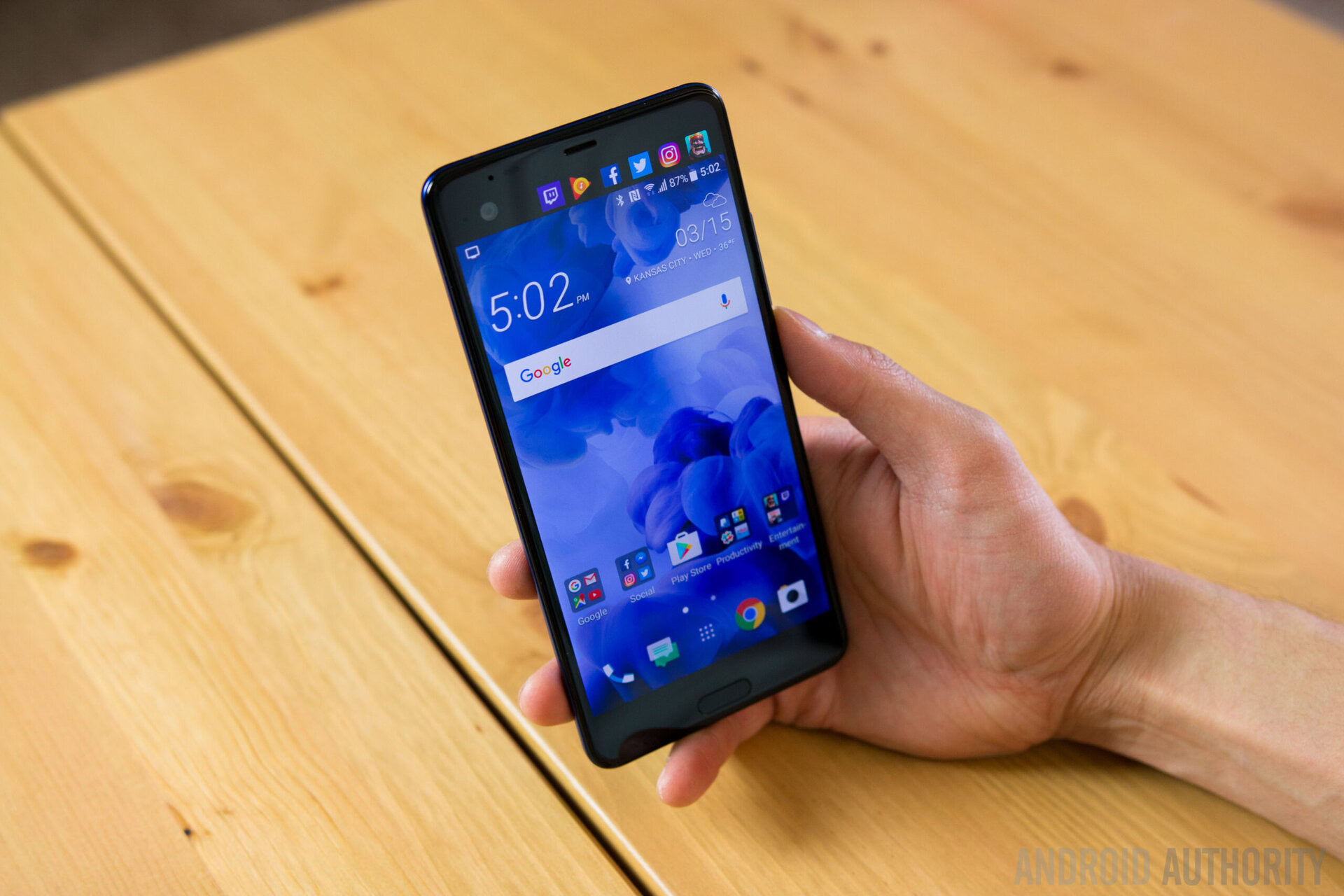
Under the hood, the HTCU Ultra comes with a quad-core Qualcomm Snapdragon 821 processor, backed by the Adreno 530 GPU and 4 GB of RAM. This is the processing package of choice for most current generation flagships, including the LG G6. Real world performance of the U Ultra doesn’t hold any surprises.
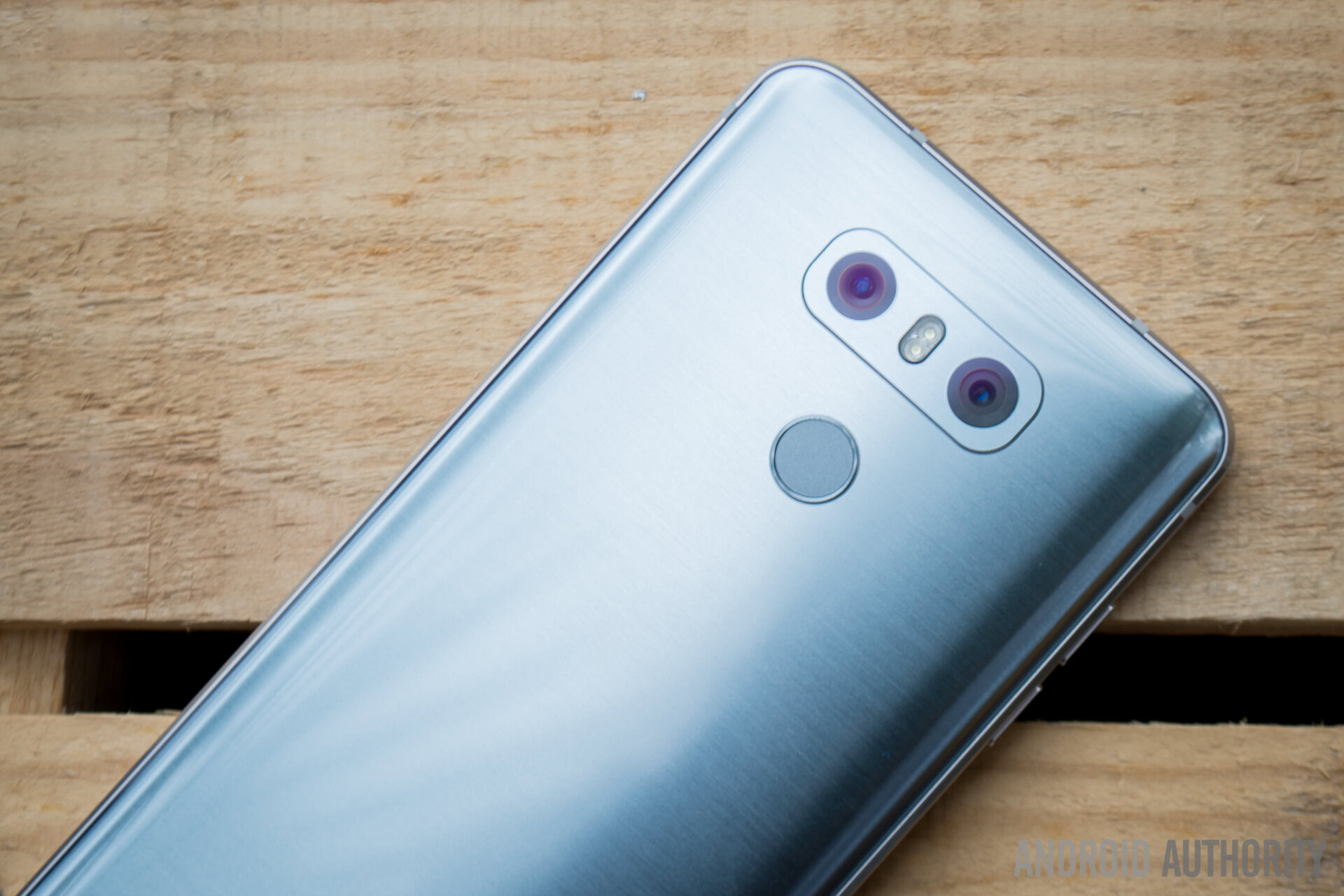
Everything is as smooth and fluid as expected, the touch response is excellent, and it is quick and easy to open, close, and switch between applications. The device also handles gaming extremely well, with there being no noticeable issues with lag or dropped frames. While the software package contributes to the smooth performance of the U Ultra, this processing package continues to impress.
Hardware
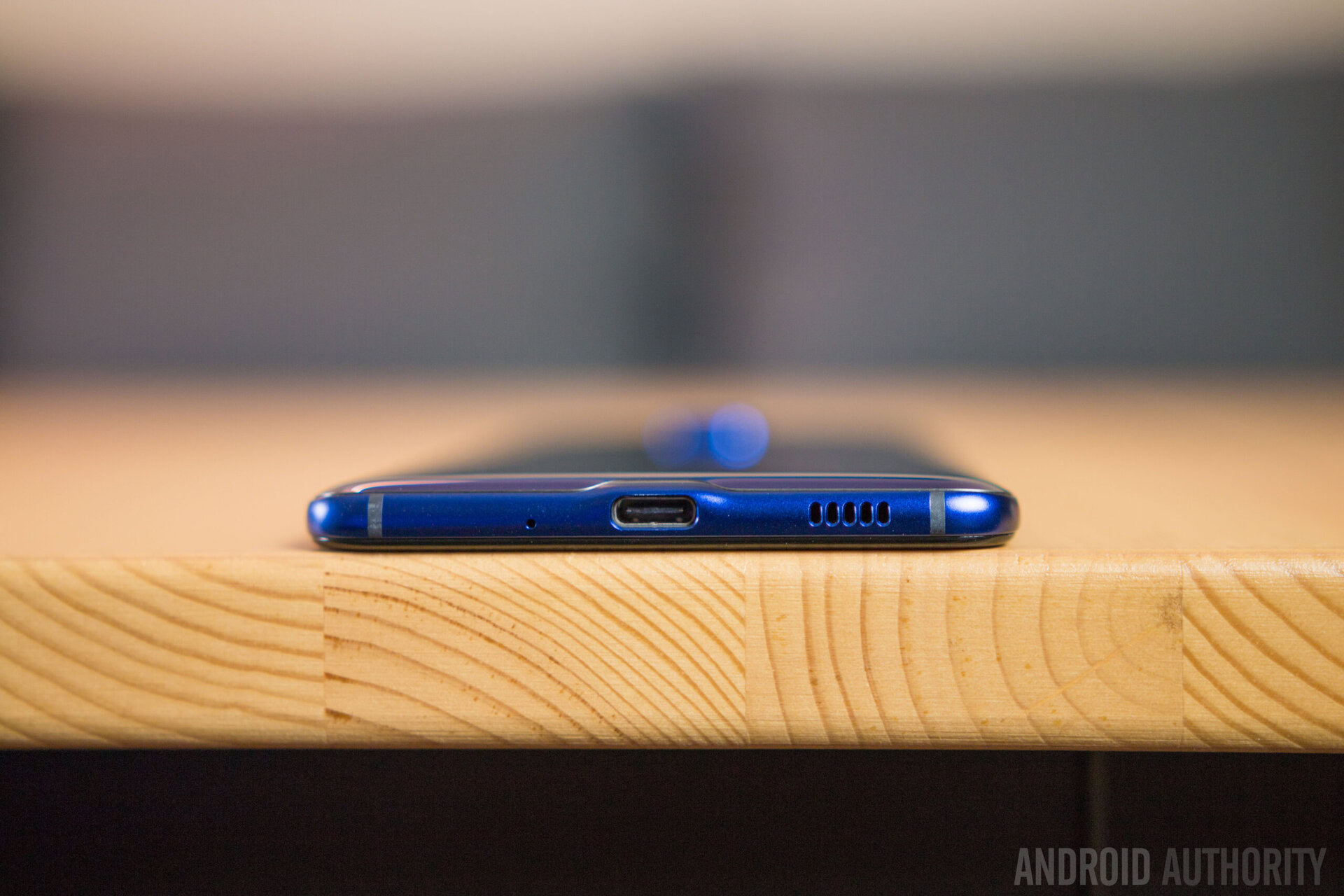
64 GB and 128 GB are the in-built storage options available with the HTCU Ultra, but if it is a concern, you do get expandable storage via microSD card up to an additional 256 GB. However, keep in mind that in markets where the dual-SIM variant of the phone is available, users will have to make the choice between dual-SIM capabilities and expandable storage, with the secondary SIM slot doubling as the microSD card slot.
Related: Best dual-SIM Android phones
When it comes to external audio, the U Ultra features a similar setup to what was seen with their 2016 flagship, the HTC 10. You get a tweeter and woofer combo with a front-facing speaker going where the earpiece is located and another speaker at the bottom of the phone. It gets plenty loud, but the quality you get will depend on the equalizer setting you decide to use. Oddly enough, the “theater mode” sounds much better the “music mode” regardless of what you are listening to, with a much fuller and deeper sound on offer with the former.
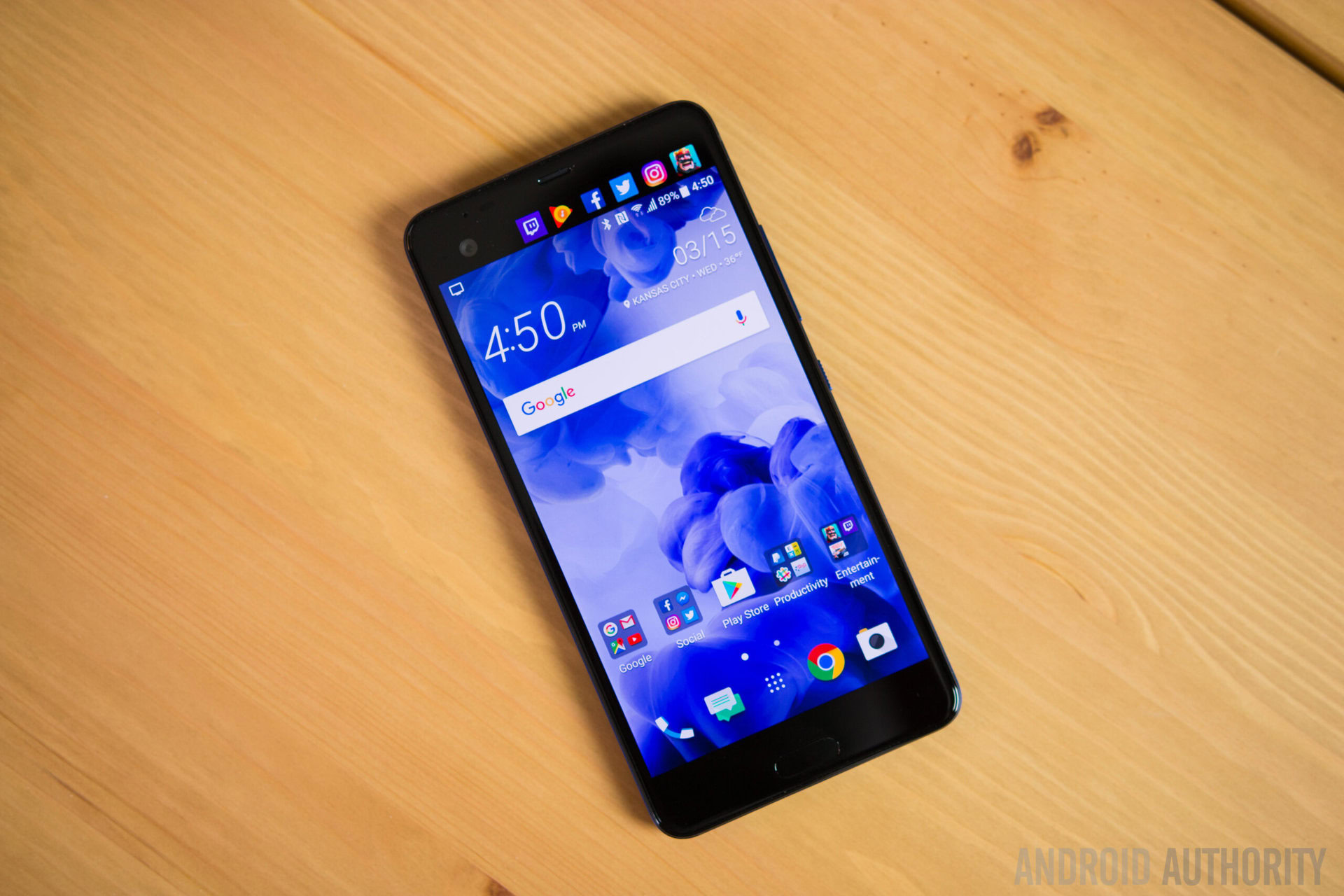
When it comes to the battery, you’d expect a massive one when considering the size of the phone. While the 3,000 mAh capacity of the HTCU Ultra battery is respectable, it does seem small given how big this device is. For comparison, phones like the Samsung Galaxy S7 Edge and the OnePlus 3T have smaller bodies but pack significantly larger batteries.
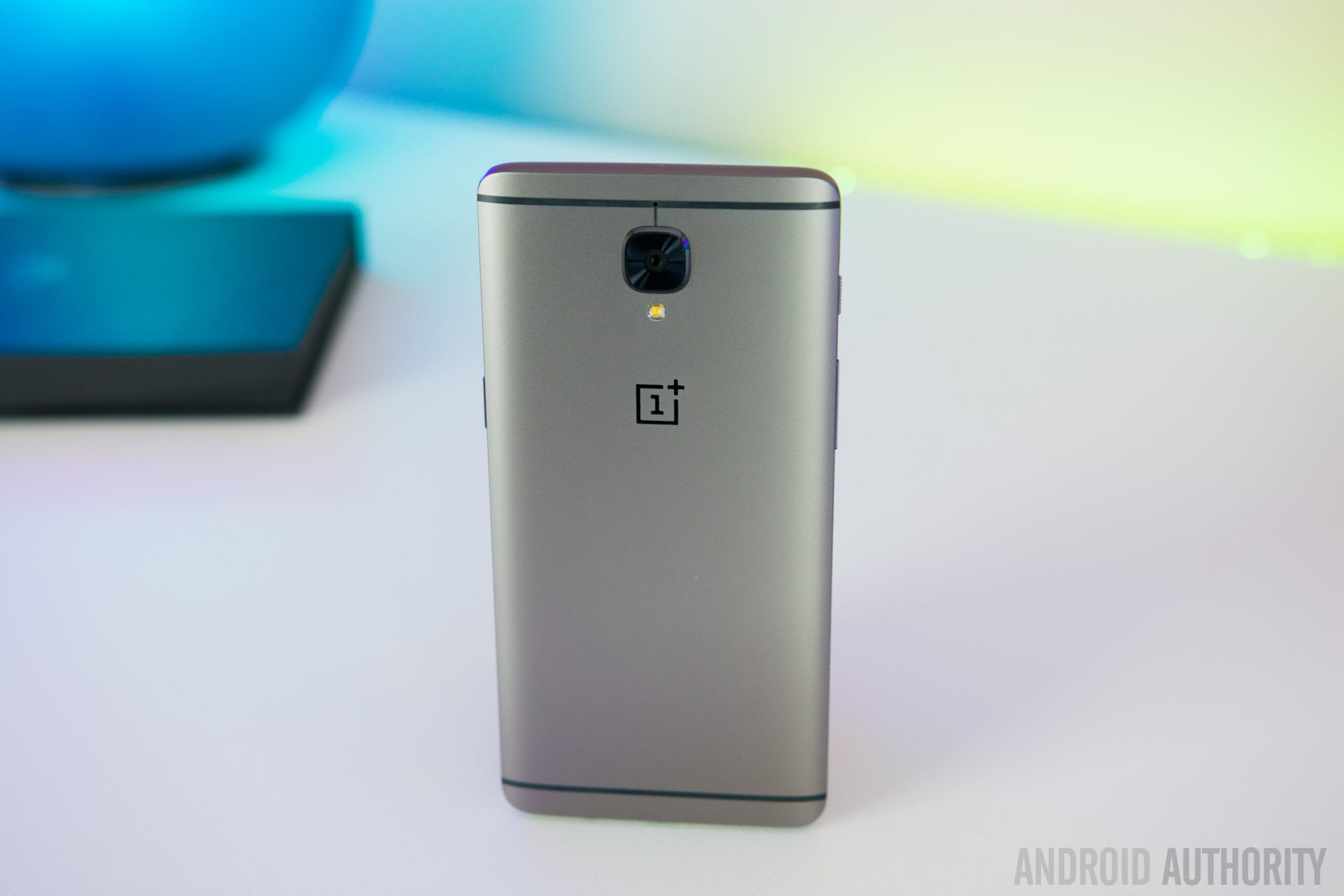
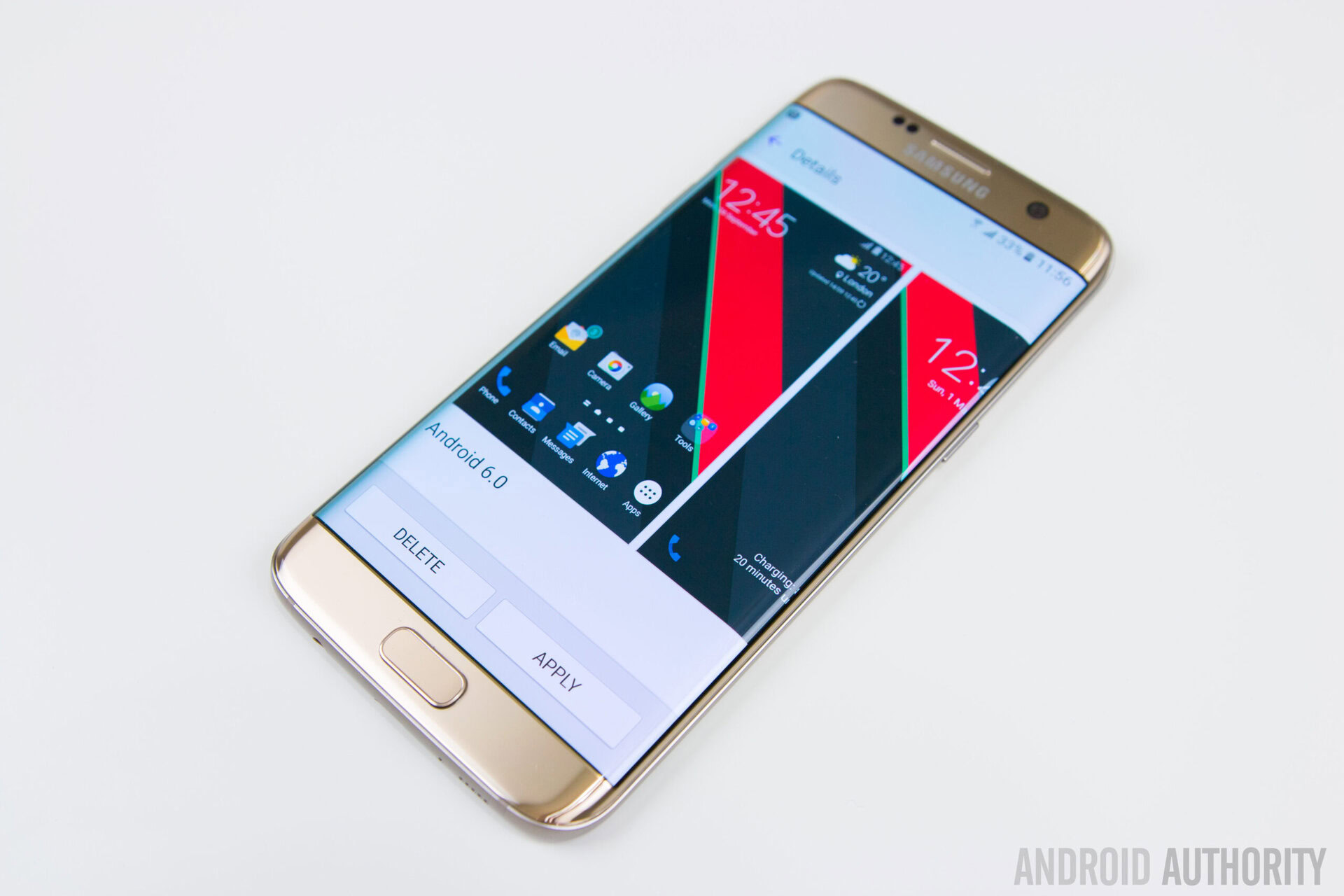
All this won’t make a difference if the battery still manages to impress, but that is unfortunately not the case. You will get anywhere between 3 and 4 hours of screen-on time with average usage, and that should be enough to allow for a full day of use for most. Any heavier usage will require you to charge the device halfway through the day, but if that is the case, you do get to take advantage of fast-charging technology that will have you up and running in no time. You don’t get wireless charging capabilities though, despite HTCmoving from metal construction to glass.
Camera
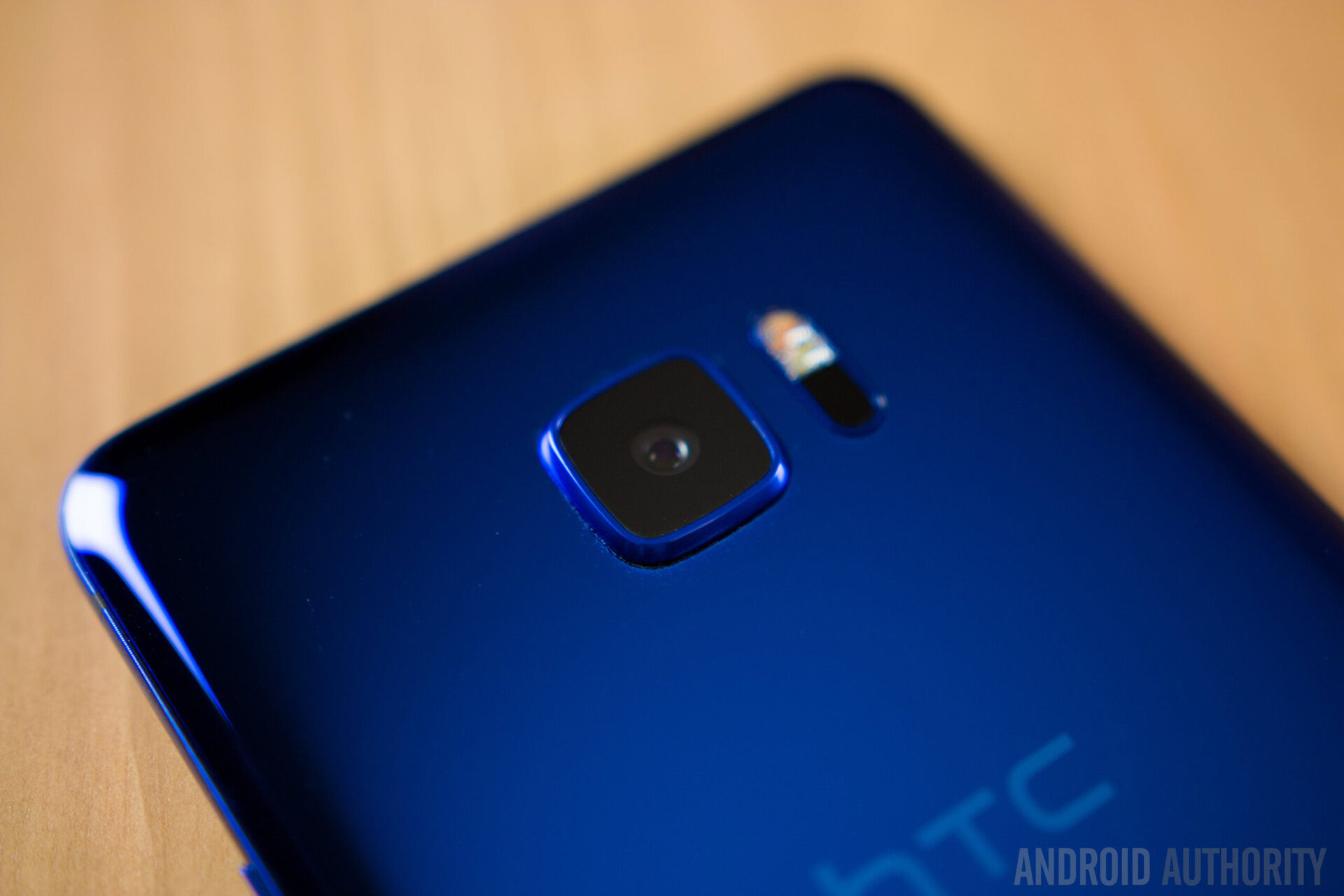
The U Ultra's camera setup really does impress
One of the reasons for HTC’s failure to connect with smartphone consumers was because of their previous flagships featuring lackluster camera performance, so it’s great to see that the camera setup of the U Ultra is another really strong aspect of this smartphone. You get a 12 MP “UltraPixel” rear camera with a large 1.55 micron pixel size, f/1.8 aperture, laser and phase detection autofocus, and optical image stabilization. The front-facing 16 MP shooter is no slouch either, and is capable of taking excellent selfies.
The camera application is clean and easy to use, and offers a handful of shooting modes, including a Pro mode that comes with the ability to shoot in RAW. Of course, you won’t have to venture outside of the camera’s already fantastic Auto mode all that often.
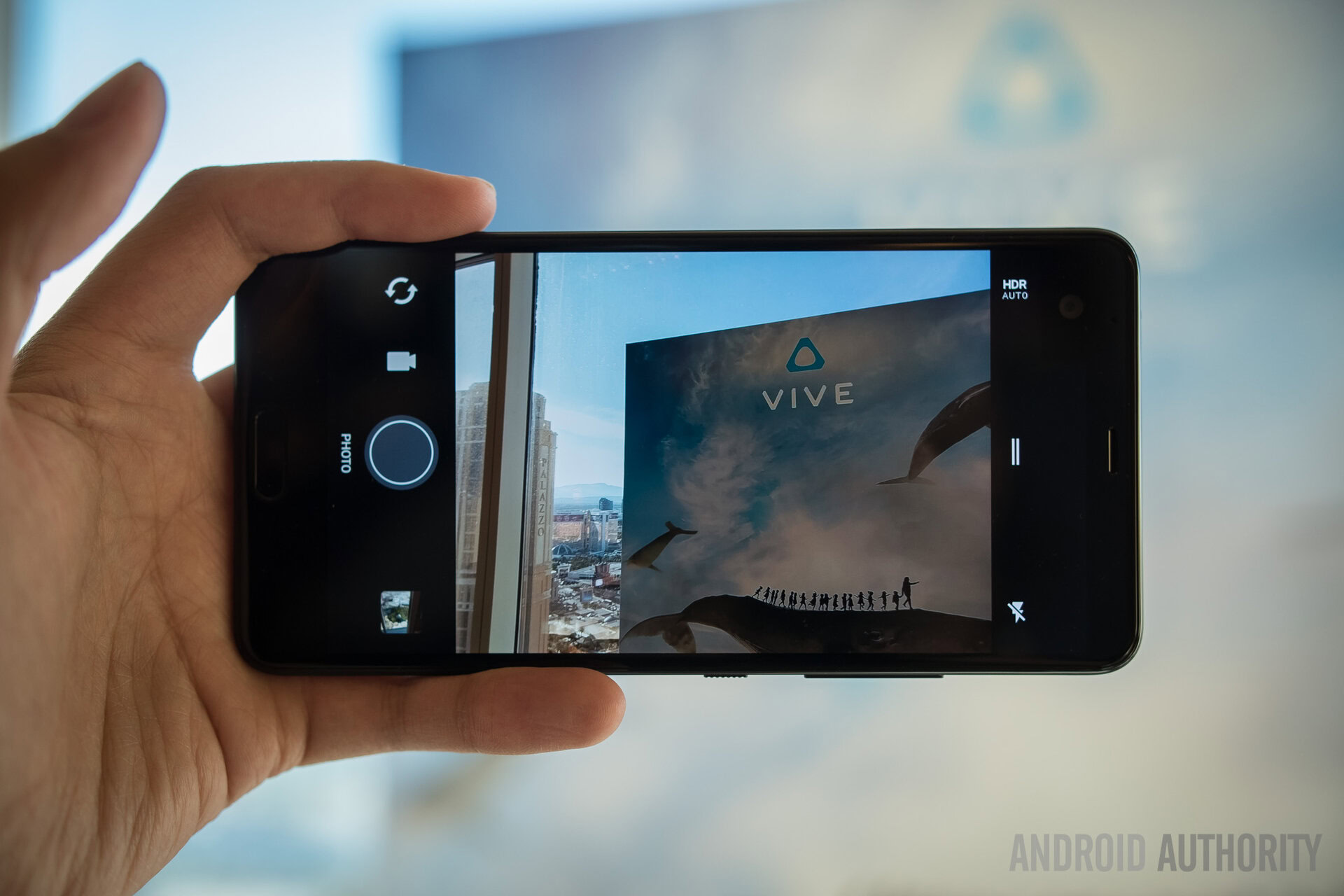
The camera is quick to launch, fast to focus and snap photos, and the photos it takes are quite good. The image quality is at par with the camera of the Google Pixel, and just like the latter, the U Ultra camera shoots with HDR mode enabled by default. The photos are crisp and clear, color reproduction is pleasant, and it does quite well with handling exposure even in high contrast situations.
Further reading: The best Android smartphone cameras
Unsurprisingly, there is a noticeable increase in noise when taking shots in low-light conditions, but the overall level of detail and clarity is still quite good, courtesy of the larger pixel size and the built-in OIS, that also lets the camera take photos very fast in these situations.
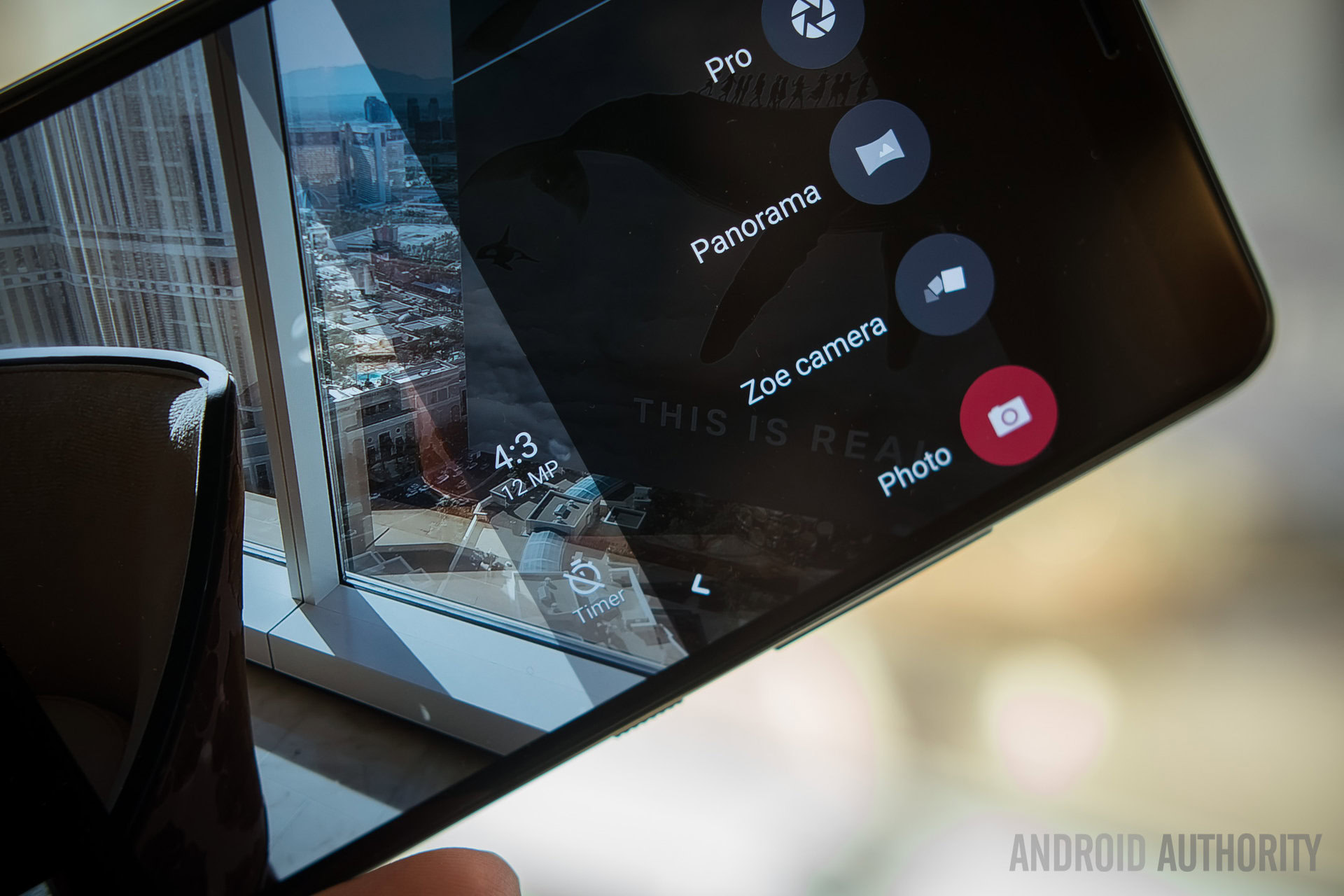
Where it does start to get weird is when there are a lot of prominent light sources in the shot, like street lamps or traffic lights. You end up with photos that have a bunch of random floating light particles, and this is something that you can actually see on the viewfinder itself as you are taking the shot. While I first believed that this may be because of an unclean camera sensor, that doesn’t seem to be the case. Also, since the floating lights appear on the viewfinder before taking a shot, the issue is likely hardware related, instead of being a problem with any software-based post processing.
This is somewhat reminiscent of the halo effect that Google’s Pixel smartphones suffered from, While it is difficult to pinpoint exactly what’s causing this issue with the U Ultra, the extremely reflective backing could be the culprit, other than there being something physically wrong with the sensor itself. In any case, it is hopefully something that HTCcan actually address.
Software
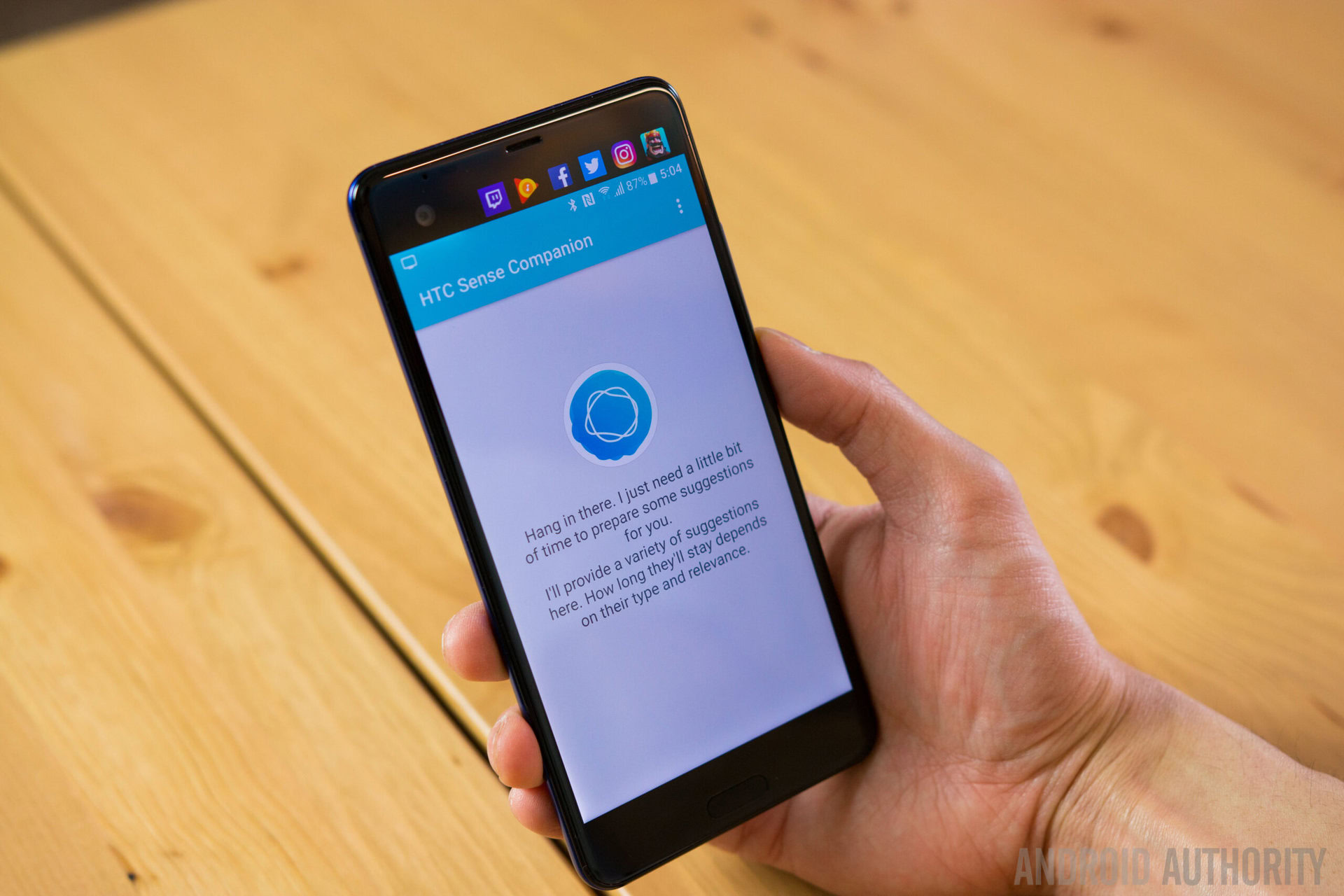
On the software side of things, the HTCU Ultra is running the latest version of HTCSense on top of Android 7.0 Nougat. While the HTCSense UI may be starting to feel a little dated at this point, it remains one of the cleanest software skins out there. All the usual features like BlinkFeed and the highly customizable Theme engine return, but you still get a lightweight, stock-like look and feel. Since the U Ultra will be sold completely unlocked, you also won’t have to deal with any unnecessary carrier bloatware.
The new addition to HTC’s software package is the Sense Companion, which is their own take on an AI Assistant. It is supposed to provide suggestions and reminders based on your personal usage and location, but despite having this service enabled throughout my time with this phone, I haven’t received a single suggestion yet. This is also said to feature built-in voice recognition, but there isn’t any to be found from what I’ve seen thus far. You are definitely better off using Google Assistant which is also built in, since the Sense Companion doesn’t seem to do anything beyond, or even as much as, what Google is already doing for you.
Specifications
| HTC U Ultra | |
|---|---|
Display | Main: 5.7-inch Super LCD5 2560 x 1440 resolution 513 ppi Secondary: 2.05-inch LCD 160 x 1040 resolution |
Processor | 64-bit quad-core 2.15 GHz Qualcomm Snapdragon 821 |
GPU | Adreno 530 |
RAM | 4 GB |
Storage | 64/128 GB |
MicroSD | Yes, expandable up to 2 TB |
Cameras | Main: 12 MP UltraPixel 2 with 1.55μm pixel size, f/1.8 aperture, laser autofocus, PDAF, OIS, dual-tone LED Front: 16 MP with UltraPixel mode |
Battery | 3,000 mAh Non-removable Quick Charge 3.0 |
Connectivity | Wi-Fi: 802.11 a/b/g/n/ac Bluetooth 4.2 NFC GPS + GLONASS USB Type-C (USB 3.1) |
SIM | Nano SIM |
Sensors | Ambient light sensor Proximity sensor Motion G-sensor Compass sensor Gyro sensor Magnetic sensor Fingerprint sensor Sensor Hub for activity tracking |
Sound | HTC USonic HTC BoomSound Hi-Fi edition 3D Audio recording with 4 microphones Hi-Res audio stereo recording Hi-Res audio certified Noise cancellation |
Software | Android 7.0 Nougat HTC Sense |
Dimensions and weight | 162.41 x 79.79 x 3.6-7.99 mm 170 g |
Gallery
Pricing and final thoughts
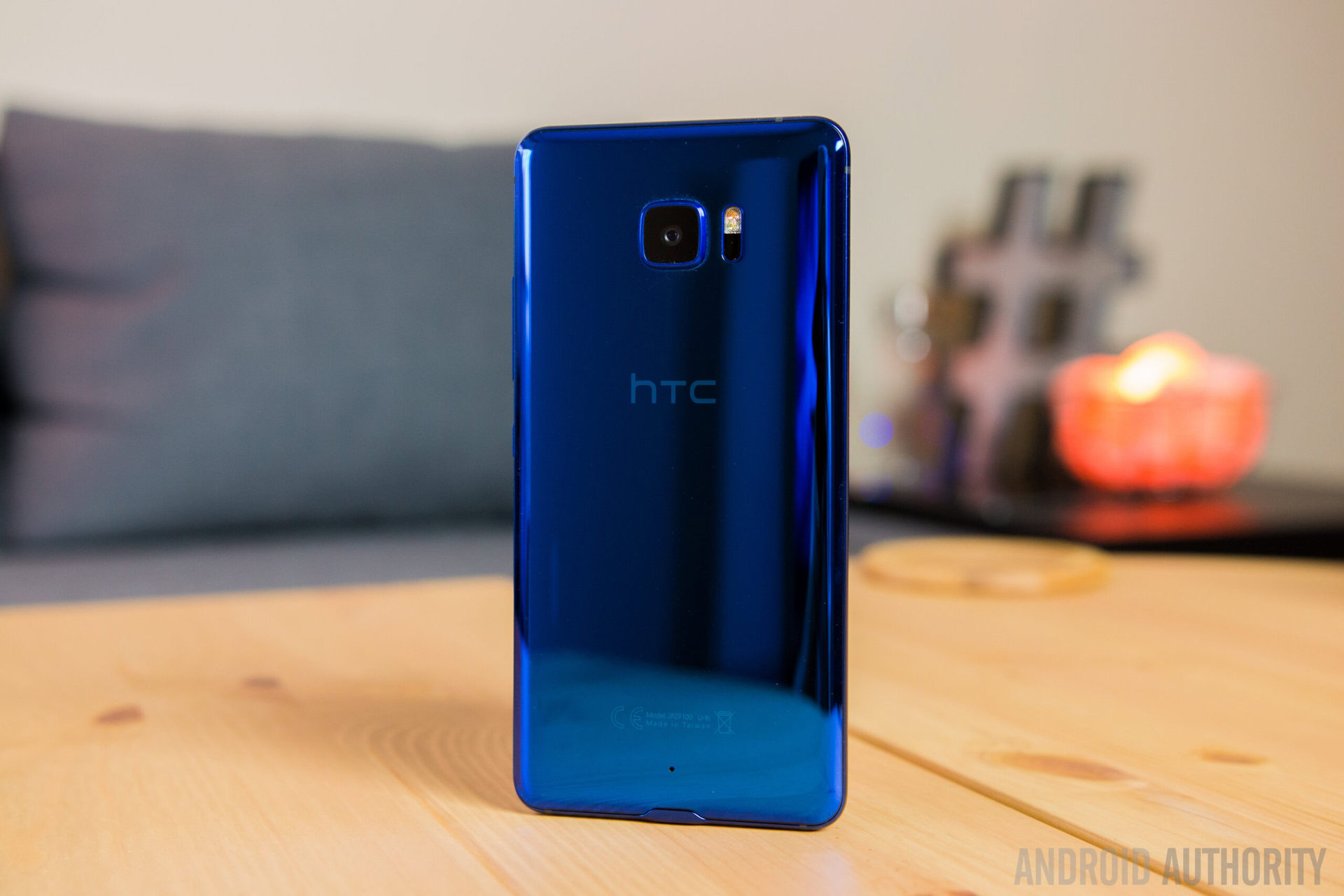
Just to be clear, this is not a bad phone by any stretch of the imagination. In this day and age, it is getting harder and harder to find a phone that is truly poor, but we’ve also gotten to the point where factors like unique features and value for money are what make for compelling smartphones, and unfortunately, the HTCU Ultra doesn’t quite fit the bill.
The small battery and the lack of a headphone jack are questionable choices at best
The phone comes with high-end specifications, a really eye catching design, and a solid camera, but the small battery and the lack of a headphone jack are questionable choices at best. It is also missing features that are becoming increasingly standard, like wireless charging and dust/water resistance. That would all be fine if not for the $750 price tag that is extremely hard to justify, and makes the phone far less accessible to consumers. It is a price point that only diehard HTCfans would be willing to bear, and while this may the phone for U, it certainly isn’t the one for me.
What are your thoughts on the HTCU Ultra? We’d love to hear what you think in the comments below!